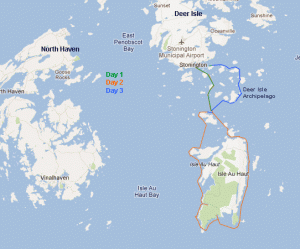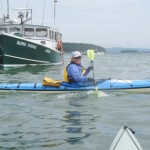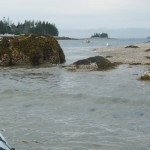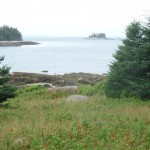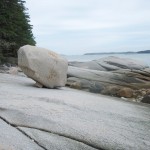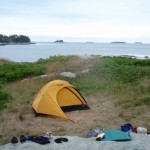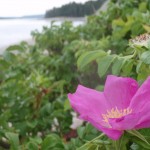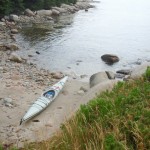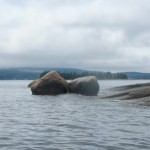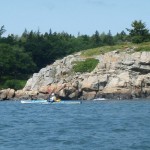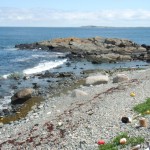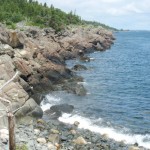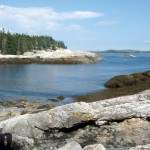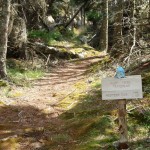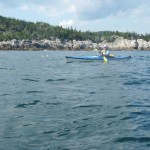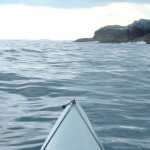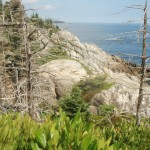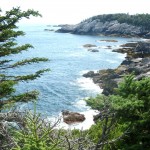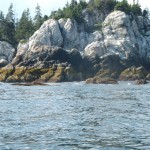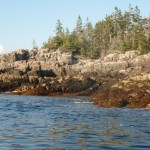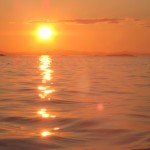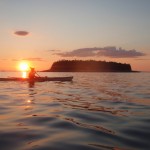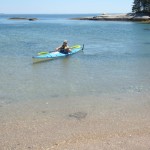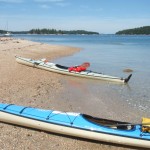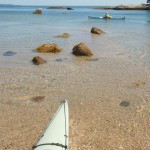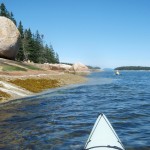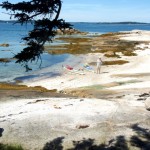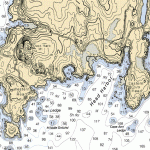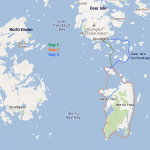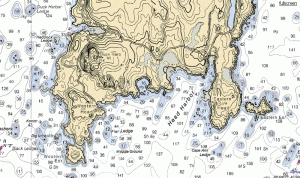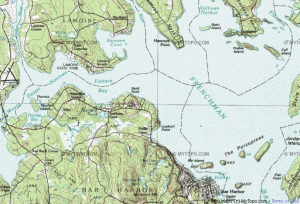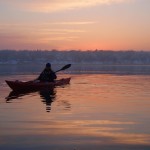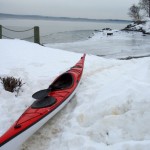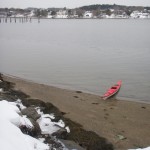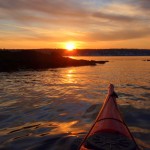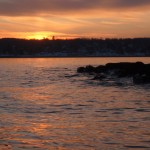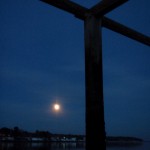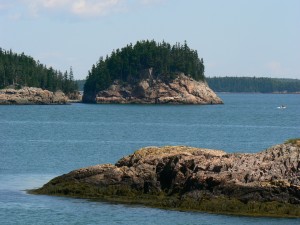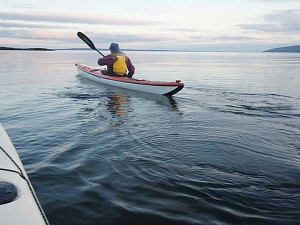
One of the best things about owning a small kayak shop (besides scouting out new sections of the Maine coast as potential tour destinations) is having the opportunity to paddle new models of kayaks.
I’ve had that opportunity recently, as we’ve “taken in” a few Walrus Kayaks built by a small company of the same name in Winooski, Vermont. This is something to like about the kayak industry — that even though you have the relative giants like Current Designs and Old Town, you have plenty of small companies that you might not have heard of building quality. innovative boats. More than 50 kayak manufacturers are listed in the Canoe & Kayak Annual Boat Book. My guess is that there are at least 50 more small companies that are not listed, Walrus Kayaks being one of them.
It must have taken a bit of chutzpah to start a kayak company in the midst of a bad economy, and — at a time when many other builders are moving their manufacturing operations to China — to insist on building them in small town USA. It must have taken a bit more chutzpah to choose uncompromising designs and high end materials as central to your business model, but that’s just what Walrus Kayaks did.
Mark, the Chief Operating Officer of Walrus Kayaks is the guy who most often answers the phone and responds to emails. He arrived after a snowstorm several weeks ago with a truck loaded with 5 kayaks and a black lab as co-pilot. We donned dry suits and then drove down to Belfast Harbor to test paddle the boats. Temperatures were only in the 20’s, but we mostly forget about that as we took turns trying the Griffin and the Jaeger, the first two Walrus models to have gone into production. (Walrus is now in the process of adding two more models).
Mark returned to Vermont with just two kayaks on his truck. Happy ending. The other three stayed with us. We’ve been enjoying testing them out in different conditions and locations.
One who doesn’t understand kayaking might find it odd that someone who already has more than 25 kayaks at his disposal could get so excited about a new kayak. But every kayak has its own personality. And, ideally, a kayak is something you “wear” more than just sit it. The Jaeger and Griffin are two exceptionally designed kayaks that have quickly become favorites.
The Jaeger especially has found favor with me. At 17’4” in length and 22” in beam, the Jaeger fits the mold of a fully capable, full size touring and expedition kayak. While not the very fastest kayak in our fleet (it’s not a specialty racing boat), the Jaeger is plenty fast enough for fitness paddling and long distance touring and, as a fast kayak, has the distinction of also being a great rough water boat. The v hull of the Jaeger gives it a lively, playful feel on the water, yet it feels very secure even turned sideways to oncoming seas.
Overall, I’m increasingly feeling that if I was limited to only one boat, the Jaeger would be it — and that’s a pretty high compliment to pay any kayak.
Add to that the excellent and comfortable cockpit and meticulous build quality, and you have one great boat.
The Griffin, as the name suggests, is a bird of a different feather — though built with the same attention to quality as the Jaeger. Efficiency, playfulness, a light weight (as little as 31 pounds), easy acceleration, and compact size are some of its best attributes. Most designers add width when they build a shorter kayak, but with its beam of under 22 inches, the Griffin is a sleek little kayak truly designed with the needs of the smaller paddler in mind. At the same time, the Griffin is just big enough that a medium size paddler (up to 6 feet and 180 lbs.) can fit in it comfortably. For this size paddler, the Griffin is a great boat for playing in waves and surf and for day trips.
We’ve begun adding information about Walrus Kayaks to our website and will continue to do so. You can read also read more about Walrus Kayaks at www.walruskayaks.com
